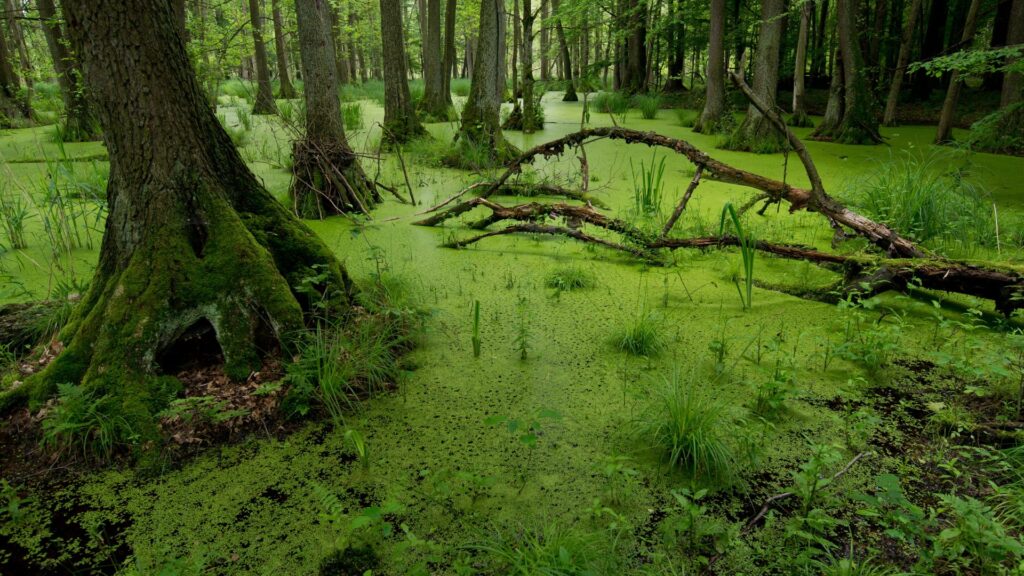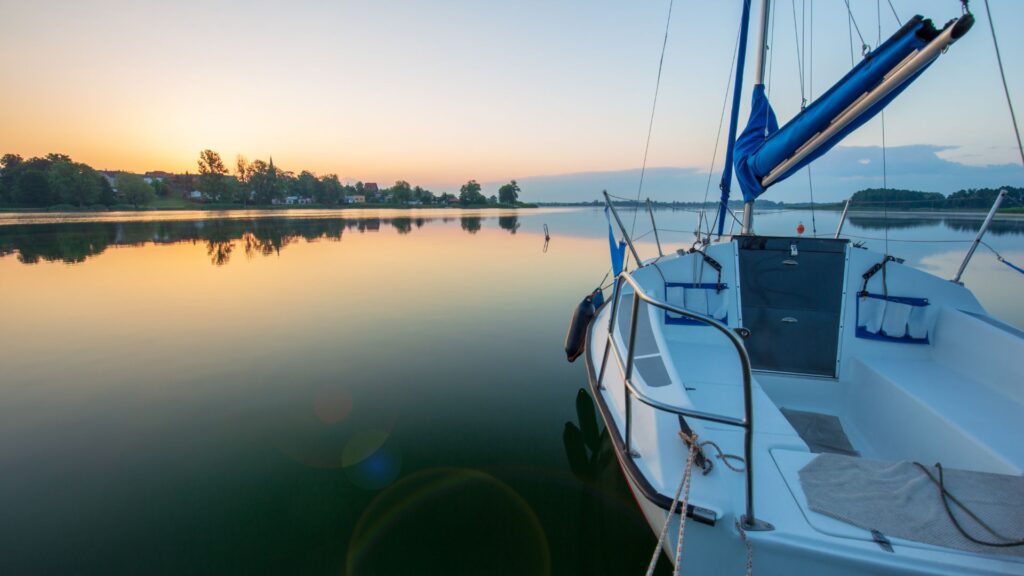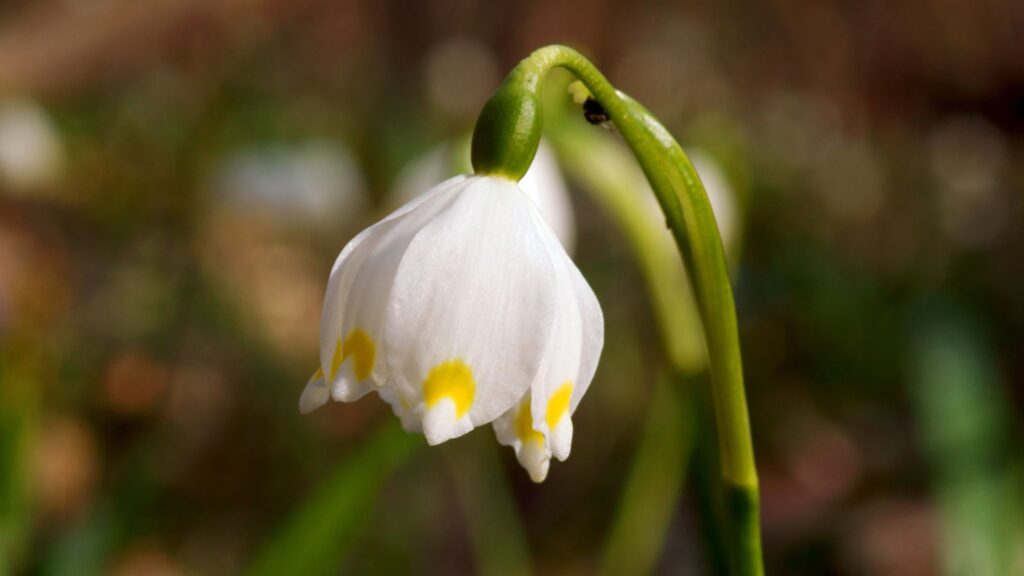Wielkopolska - 10 natural wonders you must see
Wielkopolska is a region with a rich natural heritage. Here you will find vast forests, picturesque river valleys, post-glacial lakes, peat bogs and unusual land formations. It is an ideal place for those seeking contact with nature.
Wielkopolska is a region with a rich natural heritage. Here you will find vast forests, picturesque river valleys, post-glacial lakes, peat bogs and unusual land formations. It is an ideal place for those seeking contact with nature.
Below are 10 unusual places in the Wielkopolskie Voivodeship where you can relax in silence and close to nature.
1. Rogalin Oaks

Rogalin, located about 20 kilometres from Poznań, is famous for Europe's largest concentration of pedunculate oaks - there are about 2,000 of them, and over 60% of them are protected. These trees are a remnant of the oak-hornbeam forests that used to cover the Warta Valley. These trees, often several hundred years old, create a unique landscape. The most famous of them bear the names of Slavic rulers: Lech, Czech and Rus.
2. Greater Poland National Park
Located just 15 kilometres south of Poznań, it is one of the most important national parks in Poland. It was established in 1957 and protects the landscape shaped by glaciation - terminal moraines, glacial gullies, lakes, gorges and beech and pine forests. Numerous hiking and cycling trails make it possible to actively explore the place.
3. Drawa National Park

It is located in three provinces: Lubuskie, Zachodniopomorskie and Wielkopolskie. Its greatest attractions are wild rivers, postglacial lakes, vast forests and peat bogs. The Drawa River is one of the most beautiful canoe routes in Poland.
4. Barycz Valley Landscape Park

It is the largest landscape park in Poland and is located on the border between Greater Poland and Lower Silesia. The area is distinguished by numerous pond complexes, some of which are protected. It is also a paradise for ornithologists: more than 200 species of birds, including rare and protected ones, can be observed there.
5. the Zielonka Forest Landscape Park
It is the largest forest complex in the Poznan area - about 80% of its area is covered by forests, and the oldest trees are over 160 years old. There are five nature reserves on its territory: Lake Czarne, Lake Plawno, the Nine-leafed Vivien, the Mixed Forest and the Monastery Larchs. The Zielonka Forest offers an extensive network of hiking and cycling trails, as well as an attractive canoe trail.
6. Powidz Landscape Park

It was established in 1998 and covers an area shaped by the ice sheet. Its main attraction is the channel lakes, with Lake Powidzkie being the largest lake in the voivodeship. The park attracts lovers of water sports: swimming, sailing, canoeing and windsurfing.
7. the "Morasko Meteorite" Reserve
It is a unique area in the whole of Europe. It contains craters dating back 5,000 years, formed by a meteorite fall. Seven craters have been preserved to this day. There are numerous educational trails within the reserve, which provide an insight into the history of the site.
8. the "Snowflake Ravine" nature reserve

One of the few reserves protecting the spring snowberry, a rare spring-flowering plant. The reserve was established in 1975. In addition to the snowdrop, it is home to more than 20 other plant species, including red oak and sycamore. When the snowdrop starts to flower, the reserve attracts a large number of tourists.
9th Notec Valley
It is one of the wildest landscapes in Greater Poland, located along the Noteć River. It consists of marshes, oxbow lakes, peat bogs, meadows and is covered by various forms of protection, including the Natura 2000 programme. It is an important area for ornithologists - more than 200 bird species can be found in the Noteć Valley.
10. Chekhov Forest Reserve
The reserve is located within the territory of the Zekowsko-Czeswskie Landscape Park and protects the natural riparian forests and oxbow lakes of the Warta River. Its area is home to unique fauna and flora, including oak trees estimated to be 160 years old. An educational path has been prepared for visitors, introducing them to the most interesting parts of the reserve.



